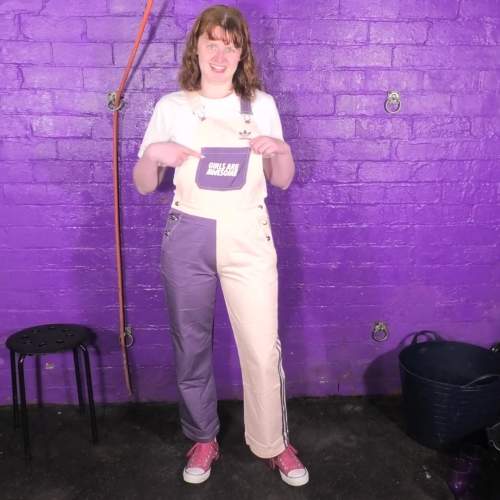|
|
|||
| forums: groups: | |||
|
"Finding good mud"
People often ask, 'Where can I find good mud?'. If you happen to live where ocean tides come in and go out, leaving a muddy bottom, you've hit the goldmine. Otherwise, mud only occurs naturally when lakes dry up, and then only until the mud hardens into rock.
But there are countless ways to help nature along. Often it's just a matter of finding nearby water and mixing 'wrong' mud until it becomes right. For example, I once owned property which contained a thin layer of topsoil that would shake when you walked on it. There were young trees, shrubs, grass etc. on top and it looked just like solid ground. But once I took a shovel and peeled away six inches of topsoil, I discovered the whole area was a huge peat bog. So I cleared a ten foot circle, pulled out submerged roots and branches, and lo and behold - I had a peat bog! But nature wanted to hide it again by allowing fallen leaves to form new topsoil, so it had to be maintained.
Another time I knew of a shallow pond that only revealed its muddy bottom for a few weeks at the end of most summers. There was about a foot of water covering a couple feet of very nice soft mud. So I built a 'reverse pool'. By that, I mean I made a mud wall that would extend up and over the water level, then filled the inside with more of the soft mud from below the water, until all of the water was out of the 'pool'. (see 2nd photo) The green color is tiny duckweed leaves floating on the water, while the mud pool is about three feet deep of soft mud.
Lastly, another muddy-bottomed lake was holding six inches or so of water, so I built another 'reverse pool' and did the same - filling it with mud. As the outer area dried out, or filled with water again, my mud pool remained consistent for a couple of months. (see 1st photo of the pool before mud was added to push out the water)
So I'm just saying, mud is out there, but we might have to get a little dirty digging for it or creating an enclosure to keep it the way we want it to be.
But there are countless ways to help nature along. Often it's just a matter of finding nearby water and mixing 'wrong' mud until it becomes right. For example, I once owned property which contained a thin layer of topsoil that would shake when you walked on it. There were young trees, shrubs, grass etc. on top and it looked just like solid ground. But once I took a shovel and peeled away six inches of topsoil, I discovered the whole area was a huge peat bog. So I cleared a ten foot circle, pulled out submerged roots and branches, and lo and behold - I had a peat bog! But nature wanted to hide it again by allowing fallen leaves to form new topsoil, so it had to be maintained.
Another time I knew of a shallow pond that only revealed its muddy bottom for a few weeks at the end of most summers. There was about a foot of water covering a couple feet of very nice soft mud. So I built a 'reverse pool'. By that, I mean I made a mud wall that would extend up and over the water level, then filled the inside with more of the soft mud from below the water, until all of the water was out of the 'pool'. (see 2nd photo) The green color is tiny duckweed leaves floating on the water, while the mud pool is about three feet deep of soft mud.
Lastly, another muddy-bottomed lake was holding six inches or so of water, so I built another 'reverse pool' and did the same - filling it with mud. As the outer area dried out, or filled with water again, my mud pool remained consistent for a couple of months. (see 1st photo of the pool before mud was added to push out the water)
So I'm just saying, mud is out there, but we might have to get a little dirty digging for it or creating an enclosure to keep it the way we want it to be.
10/26/19, 10:52am: gender changed from female to n/a
Sponsors
Sponsors

Design & Code ©1998-2025 Loverbuns, LLC 18 U.S.C. 2257 Record-Keeping Requirements Compliance Statement
Epoch Billing Support Log In





 Love you, too
Love you, too

























